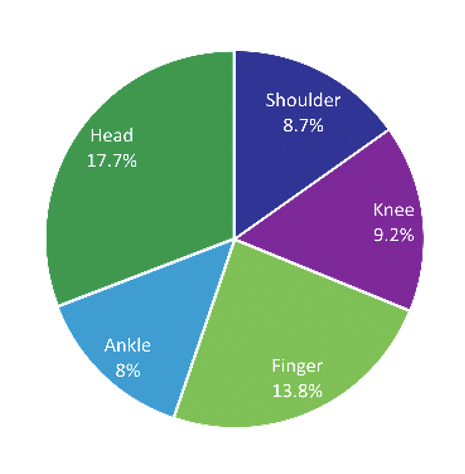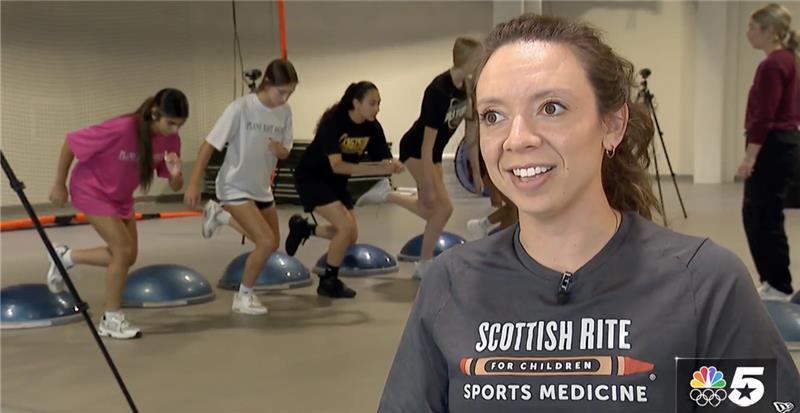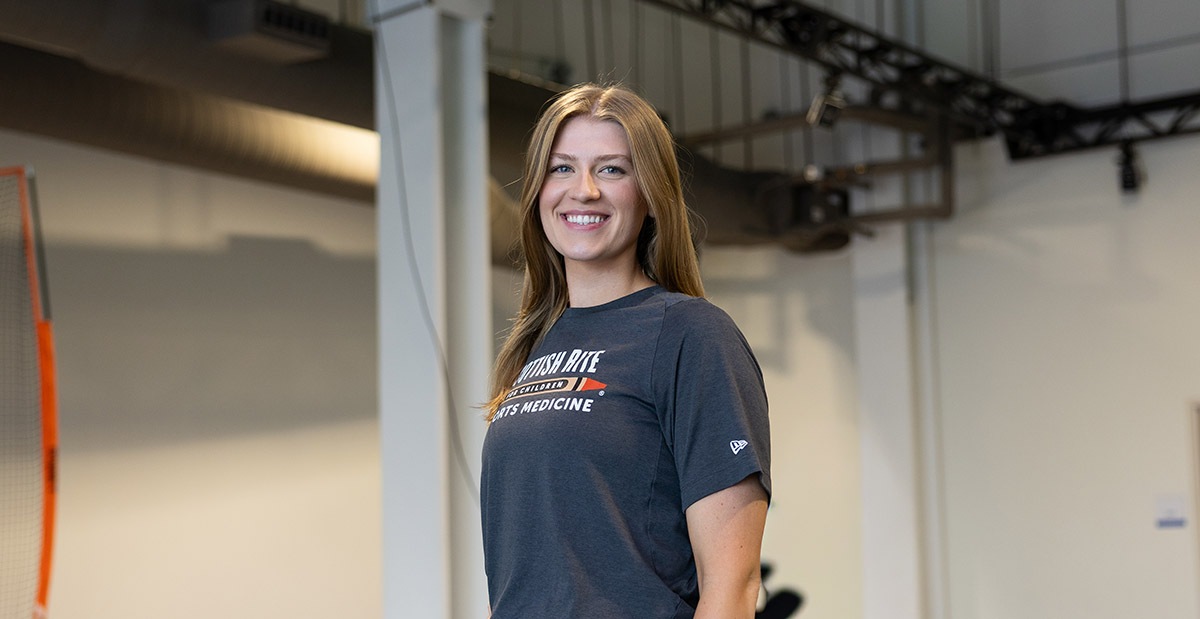As more young girls engage in football, sports medicine experts at Scottish Rite for Children seek to understand the differences in injuries between male and female athletes.
According to a report from the National Federation of State High School Associations, participation in football among girls has increased by about 30%. This surge in popularity can be linked to the milestone announcement of women’s flag football as an official Olympic sport in the Los Angeles 2028 Olympic Games.
Understanding the type of injuries young female football players experience is key to developing prevention methods. Scottish Rite is making strides in this area of expertise, with data that was presented at the 2025 annual Pediatric Research in Sports Medicine (PRiSM) Society meeting.
“If boys and girls experience different injuries in a sport, then they should not have the same injury prevention methods,” says Jacob C. Jones, M.D., RMSK, a sports medicine physician at Scottish Rite for Children. “Until now, it was unclear what injuries were more common in female football athletes. Most of the data available for football injuries was for male athletes.”
The study, which compared male to female football injuries in athletes ages 4-18, uncovered important findings, which are outlined below:
What are the most common injuries in American football?
The top five injured body parts were:
- Head (17.7%)
- Finger (13.8%)
- Knee (9.2%)
- Shoulder (8.7%)
- Ankle (8.0%)

The top five most common diagnoses for both groups were:
- Fractures (24.5%)
- Sprains/strains (22.7%)
- Contusions (bruises) and abrasions (scrapes) (12.1%)
- Concussions (9.8%)
- Internal injury (7.1%)
What type of injuries are more common in male athletes?
Males had more head (including concussions), knee and shoulder injuries. They also had a larger number of fractures and lacerations.
What type of injuries are more common in female athletes?
Females had a larger number of ankle and finger injuries. They also had more strains/sprains and contusions than their male counterparts.
As research like this continues, injury prevention programs can be designed to address the specific needs of all athletes.














